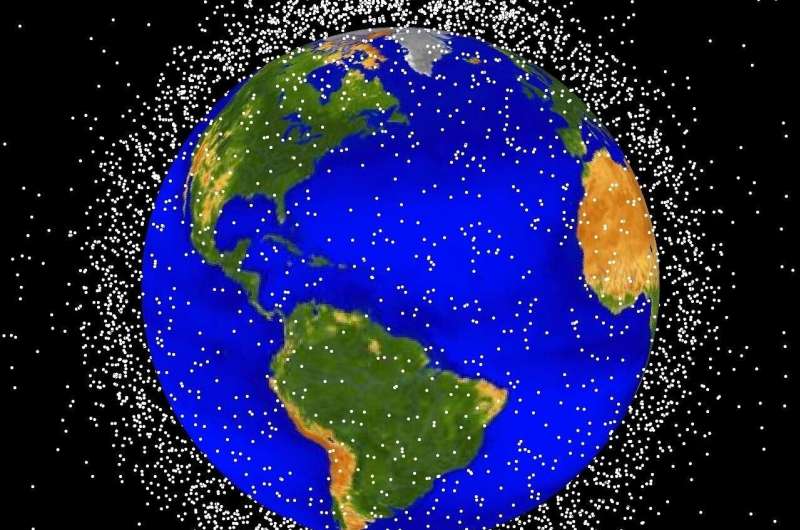This way, the model proposed by these researchers at the UMA, which has been published in the scientific journal Defence and Peace Economics, dynamically determines the amount of space debris based on the optimal behavior of companies operating in space when establishing the rate of launches and the number of satellites.
According to these experts, the number of launches and satellites is negatively affected by the amount of space debris. "The calculations also show that anti-satellite tests generate more than 102,000 new pieces of this waste larger than 1 centimeter and that its negative effects take 1,000 years to disappear due to the high altitude at which tests are carried out," they assure.
Market failure
The researchers at the UMA have studied the space from an economic point of view, since, as they say, it is a global common good that, as with the high seas, "will end up being overexploited." Moreover, since there is no express regulation, except for a non-binding International Treaty of the United Nations, it is an example of "market failure," because due to the absence of property rights, there is a tendency to misuse this resource and, therefore, generate "negative externalities."
Likewise, they warn that, as we are increasingly dependent on the companies operating in space, especially tech companies, the volume of space debris will continue rising and so will the likelihood of collision.
"We are facing with a huge unregulated market, which problems have just started," underline the researchers at the UMA.
Star Wars: A war in space
Finally, the study quantifies the effects of a hypothetic war in space that simulates the destruction of 250 satellites. Using this model proposed by the UMA, it is estimated that space debris would rise by 25,500,000 fragments larger than 1 centimeter, thus increasing the probability of collision and the number of destroyed satellites.
The objective is to warn of the effects of space debris on the global economy and the potential physical problems that it may cause on the Earth, as well as on the human use of space, which, as they warn on the basis of this simulation, will disappear for both commercial and scientific activities if the current rate of spacedebris generation continues.
More information: Anelí Bongers et al, Star Wars: Anti-Satellite Weapons and Orbital Debris, Defence and Peace Economics (2023). DOI: 10.1080/10242694.2023.2208020
Provided by University of Malaga



